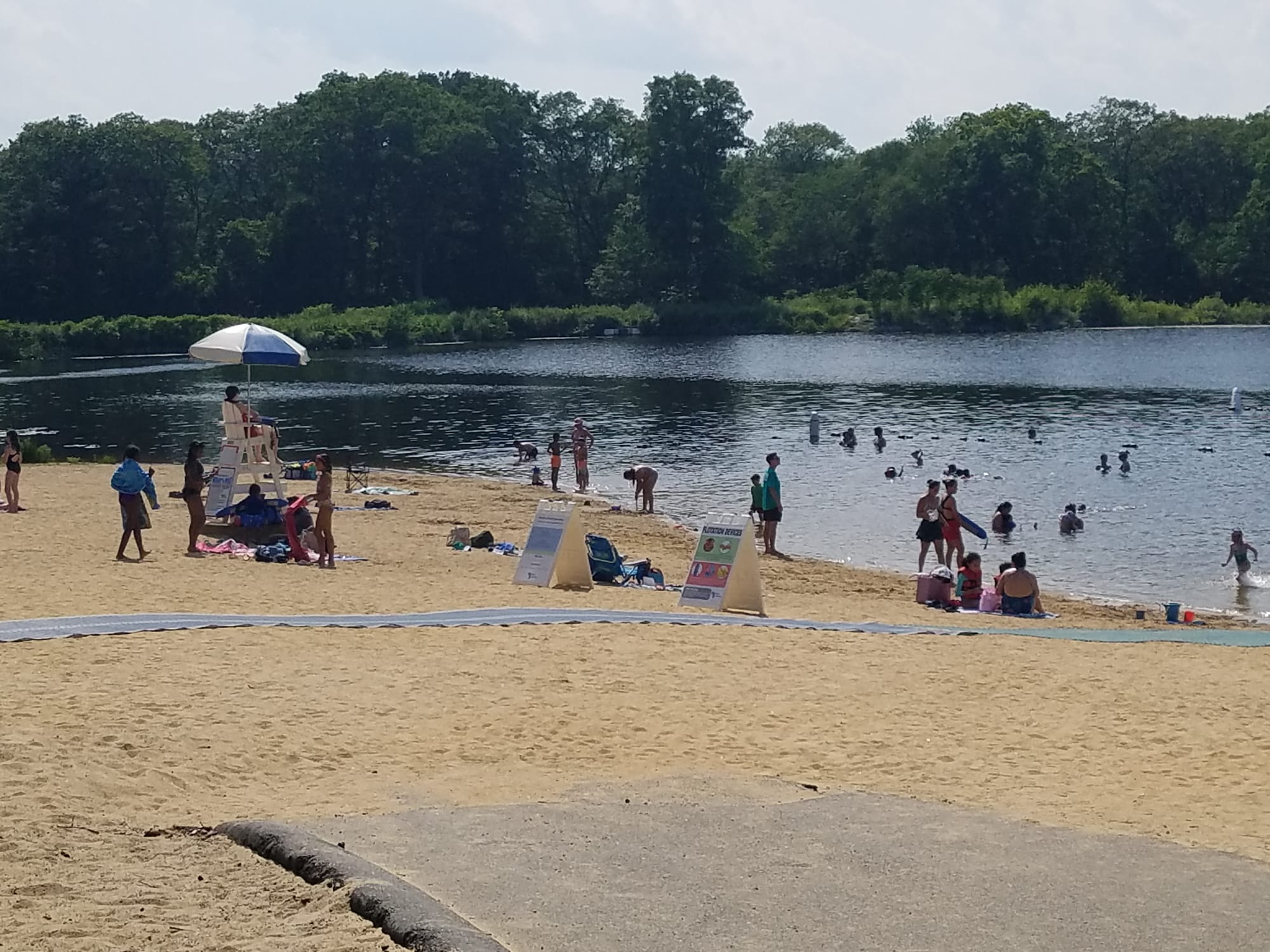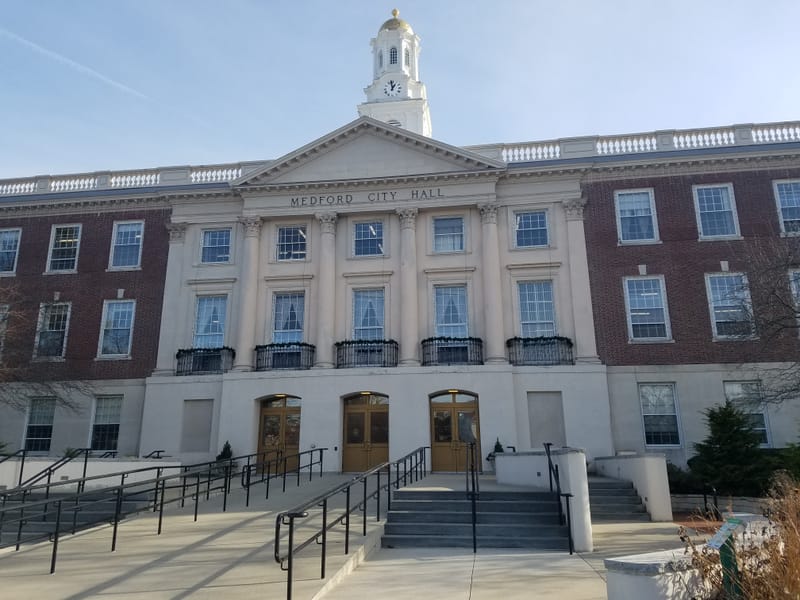Medford puts out excessive heat advisory, tips to cool down
The first heatwave of the summer has hit New England with temperatures soaring past 90. The National Weather Service expects the numbers to climb even higher, hitting 100 degrees Tuesday and hovering in the high 90s through Wednesday.
The first heatwave of the summer has hit New England with temperatures soaring past 90. The National Weather Service expects the numbers to climb even higher, hitting 100 degrees Tuesday and hovering in the high 90s through Wednesday.
The agency has put out “extreme heat” advisories as the heat spreads from the Midwest into the Mid-Atlantic and Northeast.
“This level of Heat Risk is known for being rare and/or long duration with little to no overnight relief, and affects anyone without effective cooling and/or adequate hydration,” according to the agency’s website.
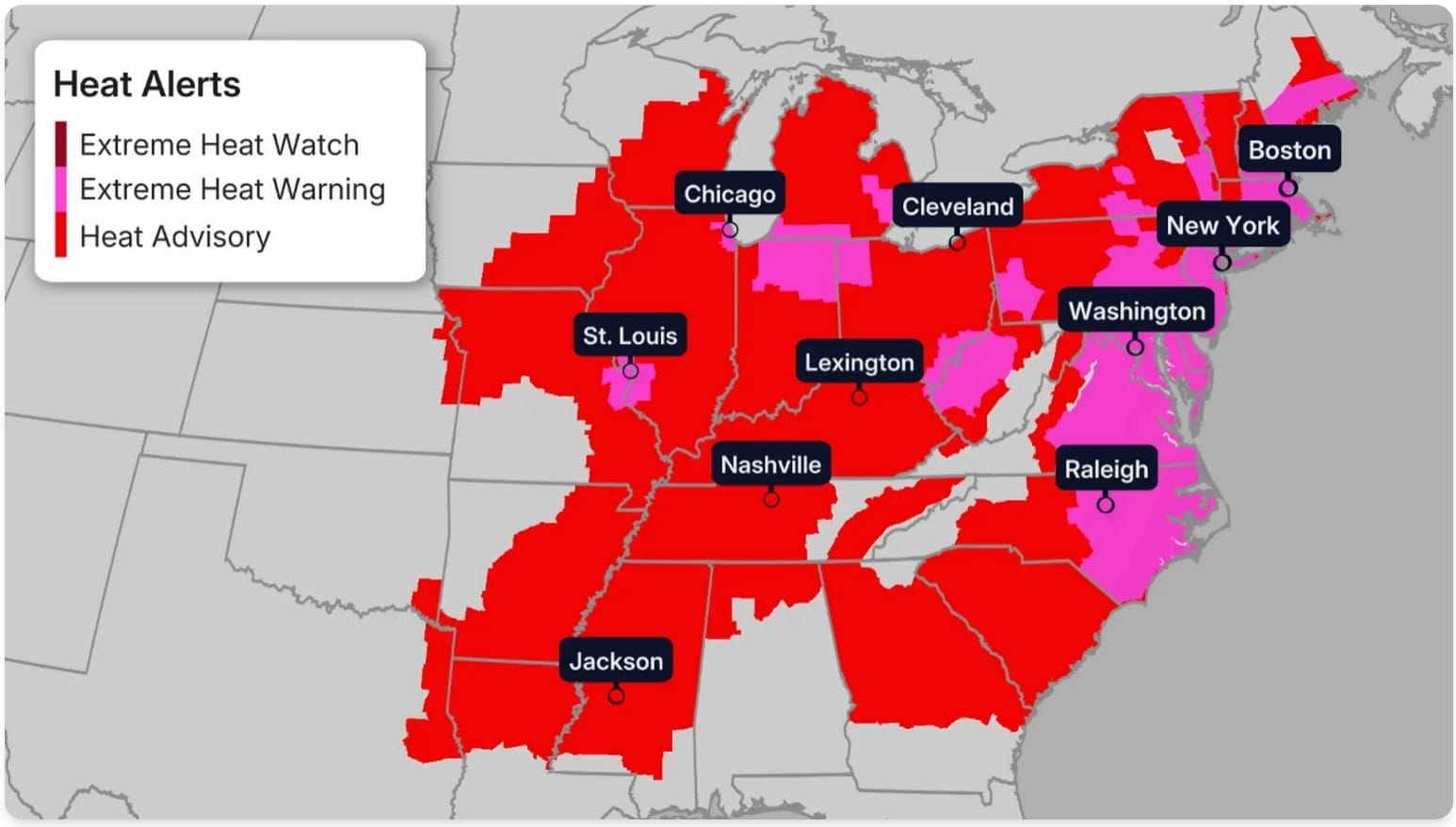
Temperatures are expected to drop into the high 60s and 70s by Thursday, according to a long-range forecast by AccuWeather, but possibly start rising again into the high 70s and mid 80s from June 29 through July 2.
Why is it so hot?
According to Jonathan Erdman, a senior meteorologist at weather.com who has been covering national and international weather since 1996, “a strong bubble of high pressure aloft known as a heat dome has developed over the eastern U.S.”
What’s a heat dome?
“Sinking air near the center of this heat dome suppresses clouds, allowing the intense sunshine this time of year to heat the ground and air above it most efficiently,” Erdman wrote on The Weather Channel website. “Southerly and southwesterly winds are also tapping hot and humid air from the South into the Midwest and Northeast. This heat dome will only slowly weaken and ‘flatten out’ in the East in the week ahead.”
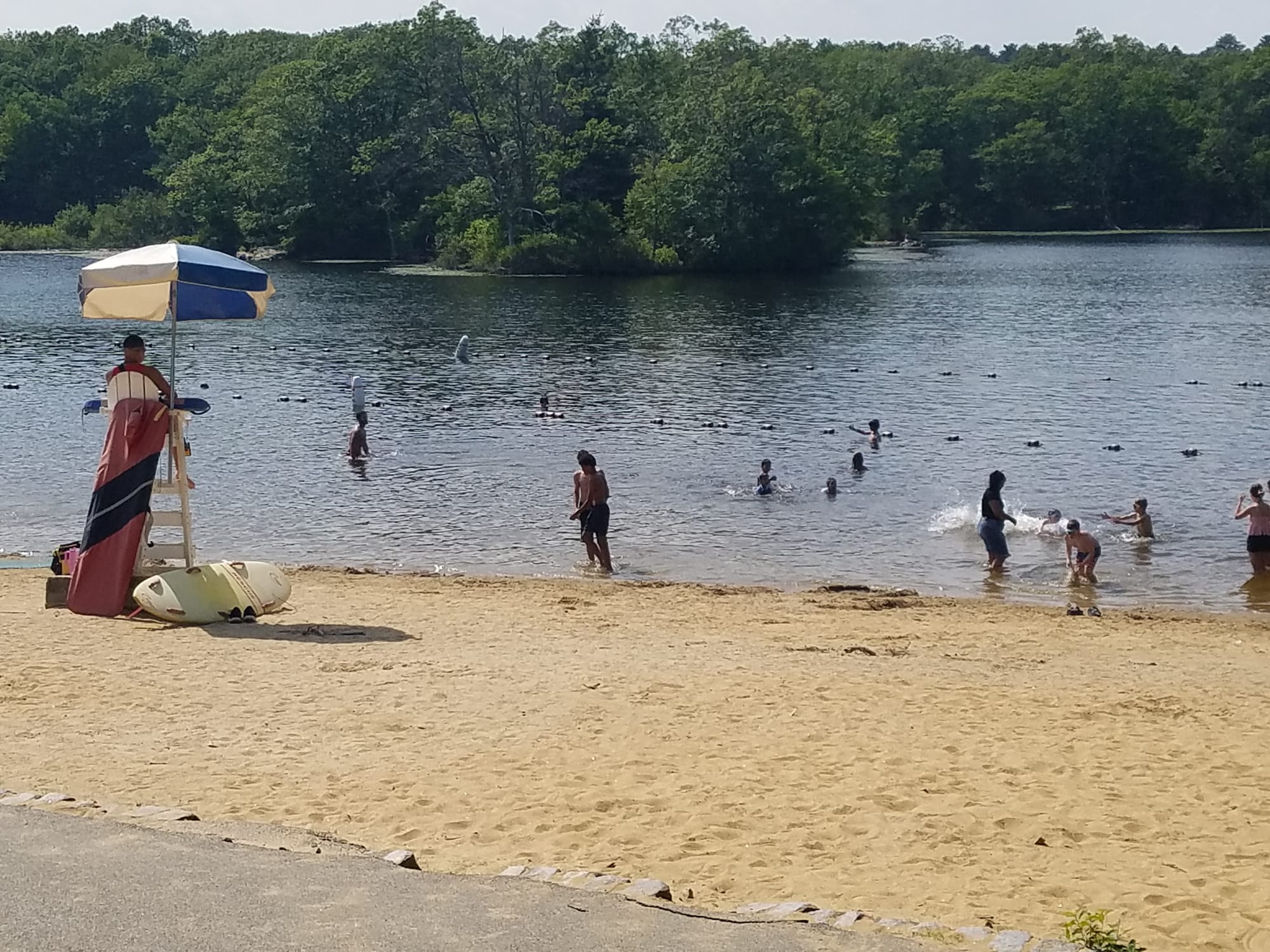
In the meantime, municipalities, such as Medford, have put out heat advisories, giving the public tips on how to stay healthy in the heat and informing them as to where there are cooling centers set up.
In Medford, residents can cool down at the following:
• Medford Police Department Community Room (100 Main St.) - open 24 hours
• Medford Senior Center (101 Riverside Ave.) – Monday-Friday, 9 a.m.-4 p.m.
• Medford Public Library (111 High St.) – Monday-Thursday, 9 a.m.-9 p.m.; Friday, 9 a.m.-6 p.m.; Saturday, 9 a.m.-5 p.m.
Residents can also check out Mass.gov, where the state has set up an Extreme Heat page with a variety of resources.
“This page is your central source for public health information and planning tools related to heat exposure and safety in Massachusetts. Here, you can download the Extreme Heat Resource Guide, access Extreme heat resources, and find links to local and statewide planning tools, including the Unhealthy Heat Forecast webpage,” the welcome page states. “Whether you’re a resident, healthcare provider, or local official, this page offers the guidance and support needed to respond effectively to heat waves.”
The state also provides resources to the Beach Quality Dashboard, where residents can check the 2024 stats on water quality.
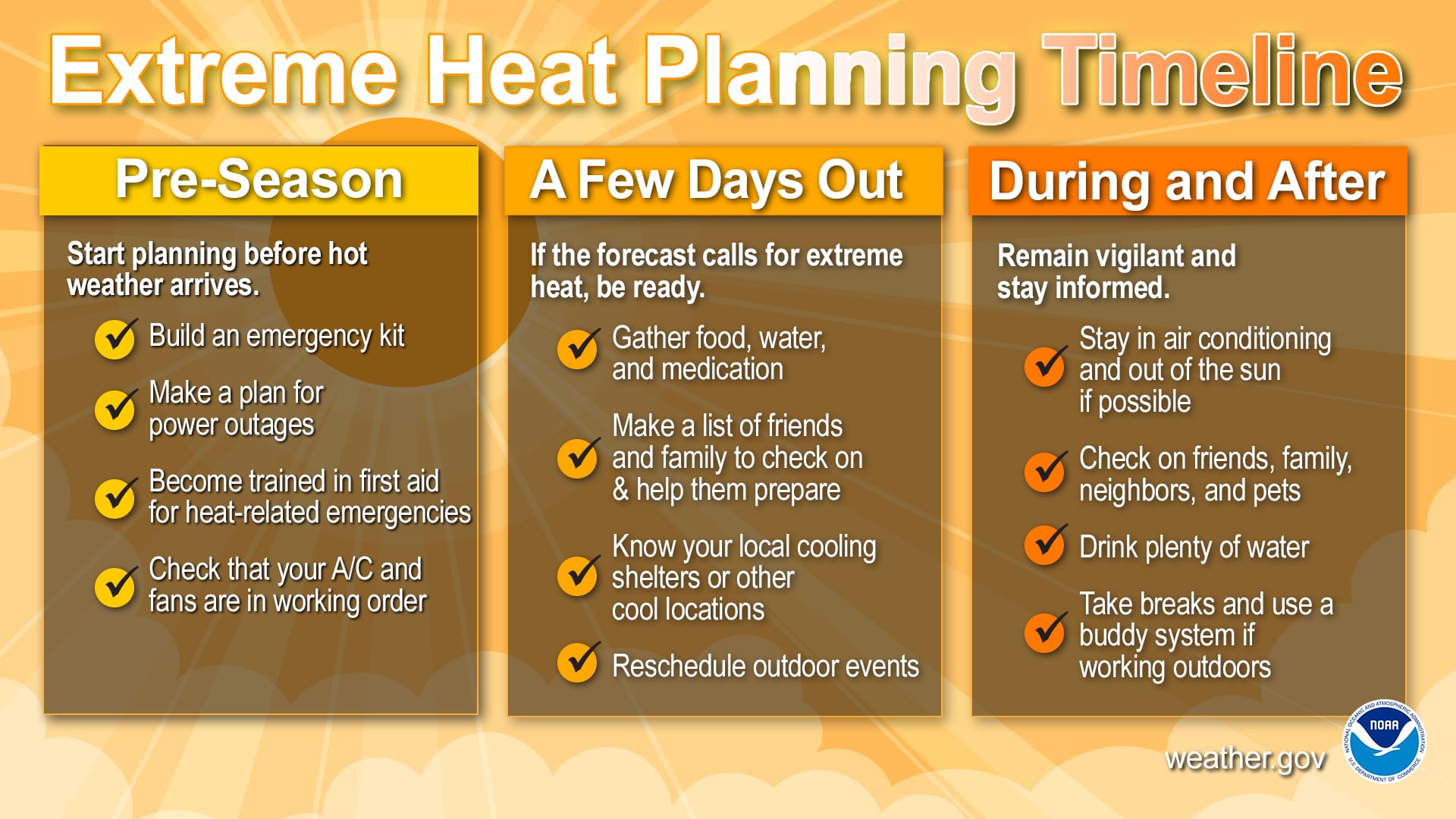
Climate change and extreme heat
According to Mass.gov, “climate change is driving more frequent, intense, and lasting extreme heat events in Massachusetts and across the country,” the state website reads. “Since the early 1900s, Massachusetts has warmed by nearly 3.5°F, and experts project a continued rise.
“By 2050, the number of days above 90°F in the state is expected to double or even triple compared to historical averages,” the site continues. “These rising temperatures are not only uncomfortable; they also pose serious health and infrastructure challenges, especially in urban and underserved areas.
“In Massachusetts, extreme heat is becoming a more serious health concern as summer temperatures rise year after year. Data show that the first heat wave of the season often the worst for people’s health, leading to more heat-related illnesses and hospital visits than later heat waves,” the site adds. “This is because our bodies need time to adjust to the heat. That’s why it’s important to prepare early—before the first hot days arrive.”
State data also shows that once temperatures “rise to 85°F or more for three days in a row, there is a significant increase in emergency room visits and heat-related illnesses.”
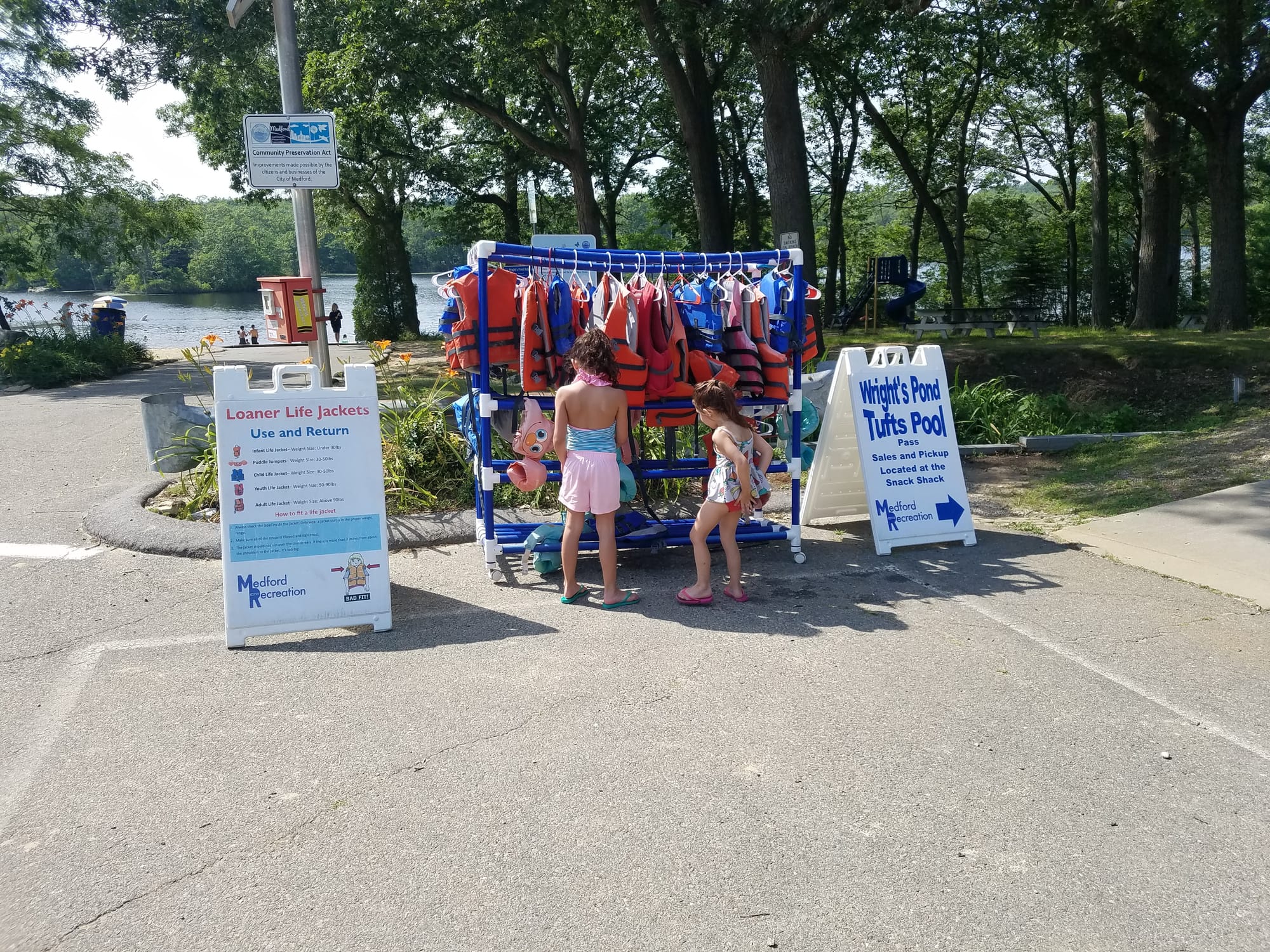
Vulnerable populations are the following: Older adults (65+), infants, young children, pregnant individuals, people with chronic medical conditions, disabilities, or limited mobility, outdoor workers, athletes, and individuals without access to air conditioning.
The state also identifies “people experiencing homelessness, people with limited English proficiency and communities of color, due to the effects of systemic racism and environmental injustice” as those most vulnerable to extreme heat.
What should I do during extreme heat?
Plan. That’s the number one tip offered by the American Red Cross, which urges people to be prepared before rising temperatures hit by doing the following:
• Learn how to stay hydrated, not just by avoiding sugary, caffeinated and alcoholic drinks, but keeping tabs on how much you’re drinking each day.
• Gather supplies such as extra water or medication so you don’t have to go out into the heat.
• Make a plan on how you plan to stay cool, whether via air conditioning or cooling centers.
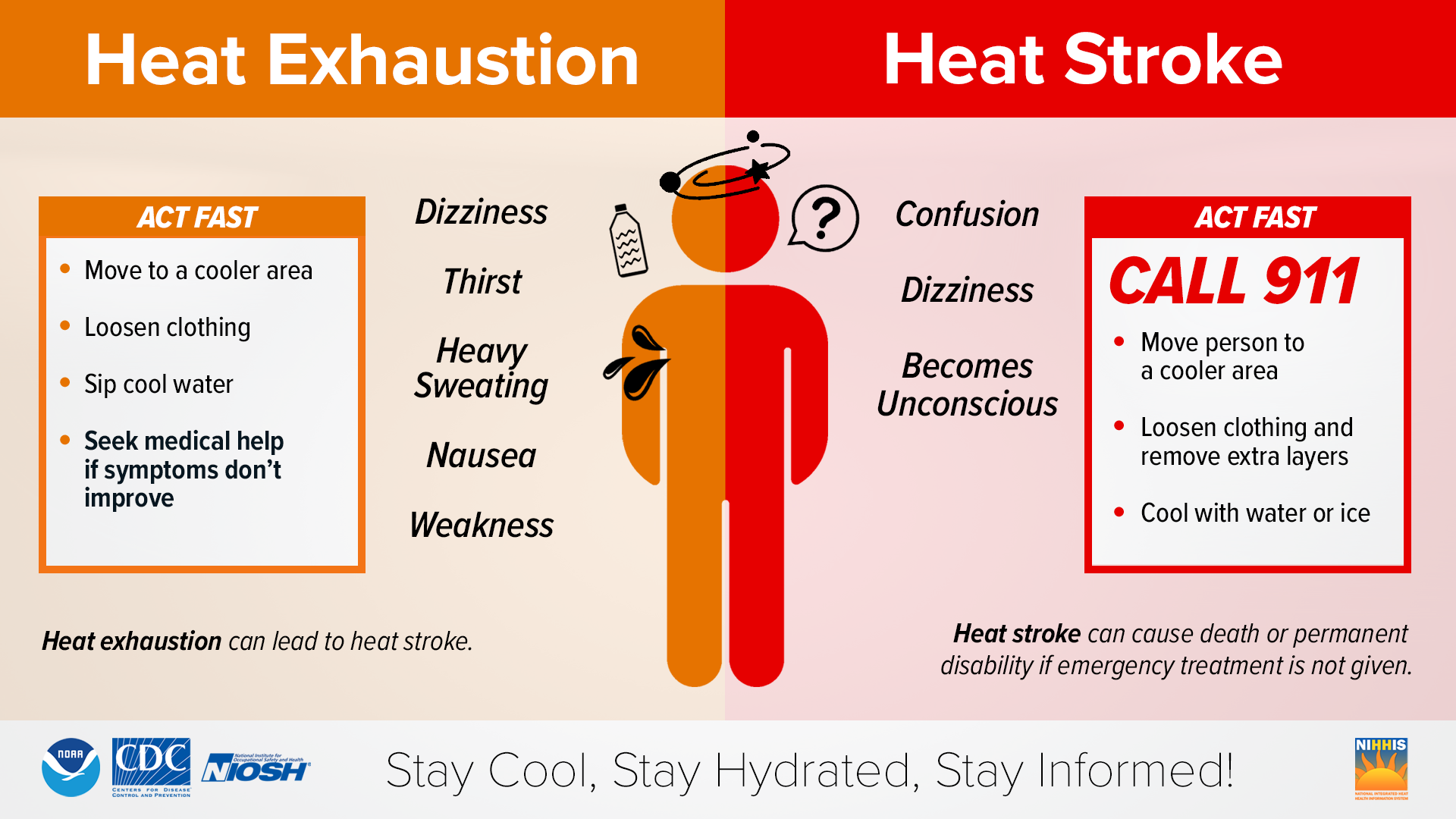
• Learn emergency skills, not just CPR or first aid, but also how to spot heat illnesses and respond to them.
• Stay connected to your town/city or state agencies which can provide help, services or resources and sign up for alerts where available.
The Red Cross also provides videos on how to be prepared, how to make it through a heatwave, and what to do afterwards.
An extreme heat checklist is available not only in English, but also in Spanish, Arabic, French, and Chinese, among other languages.
And just in case you’re feeling stressed or anxious about the situation, you can call the Disaster Distress Helpline for free if you need to talk to someone. Call or text 1-800-985-5990.

